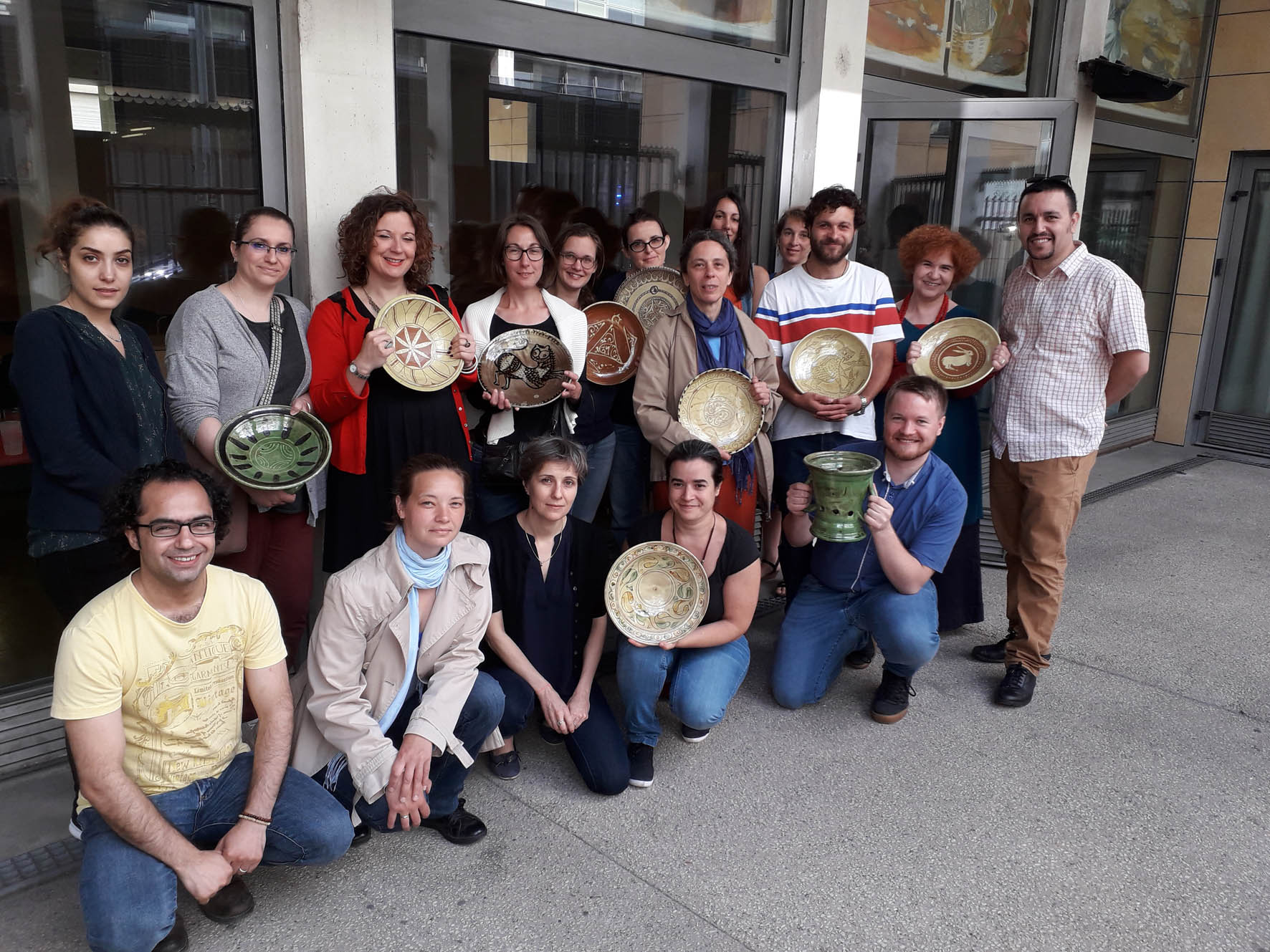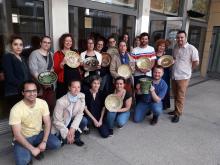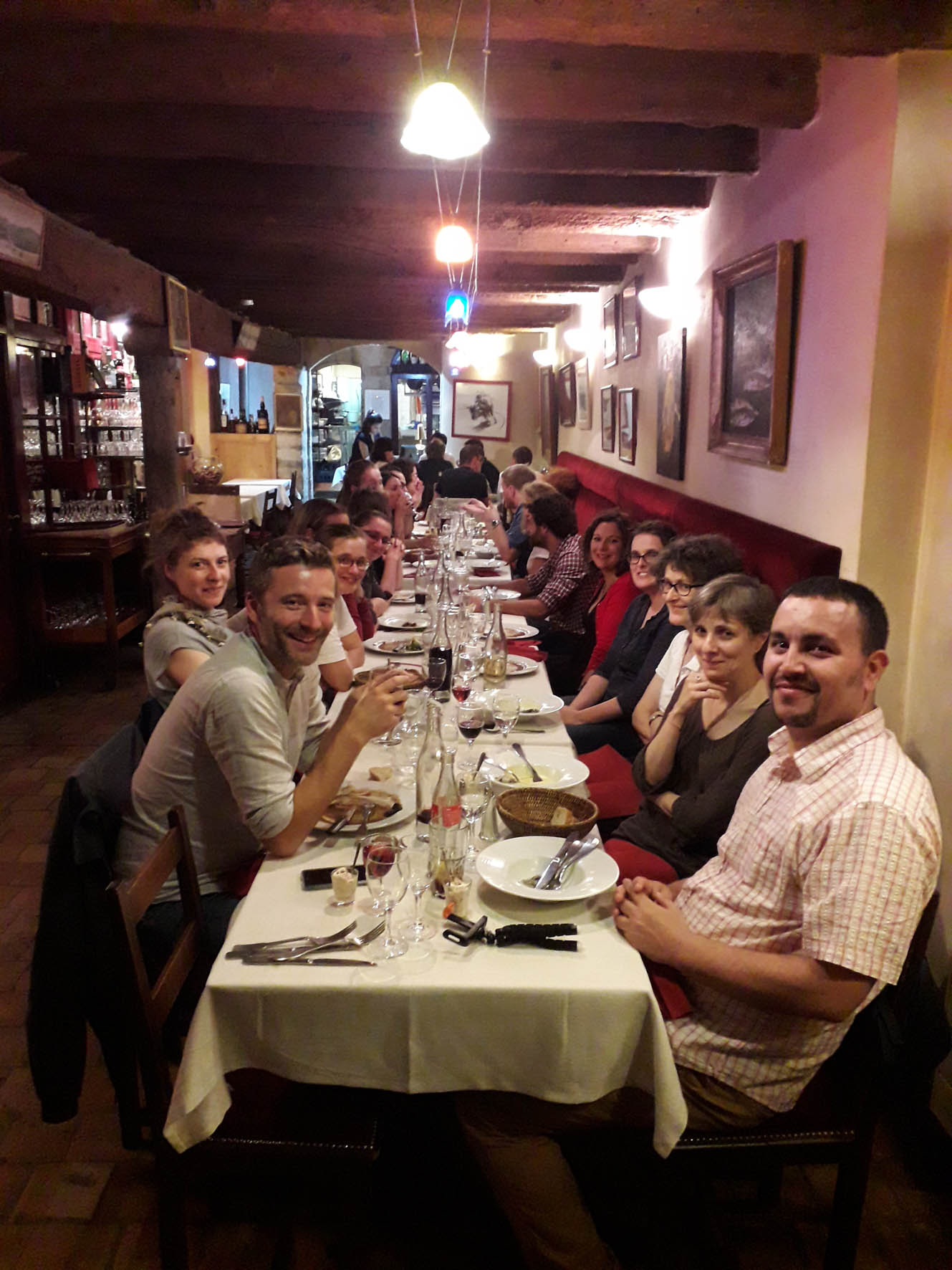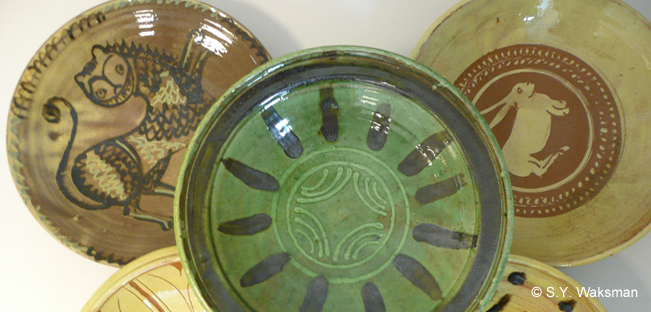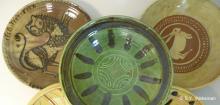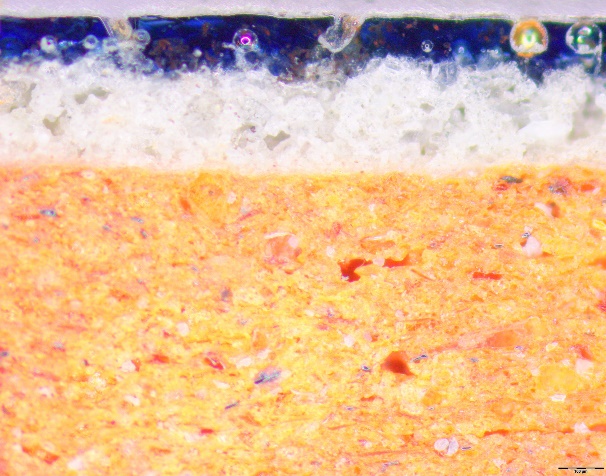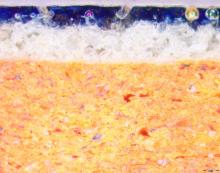LRCW7: 7th International Conference on Late Roman Coarse Wares, Cooking Wares and Amphorae in the Mediterranean: Archaeology and Archaeometry
The aim of the LRCW Conference series is the presentation and publication of Late Roman pottery (3rd century AD to the end of Antiquity) from the Mediterranean region.
The 7th conference proposed the following sessions:
- The Western Mediterranean
- The Eastern Mediterranean
- Mediterranean Islands in the stream
- Late Roman Pottery in Hispania
- Special session: The problem of the 8th century
Presentations by POMEDOR members include:




